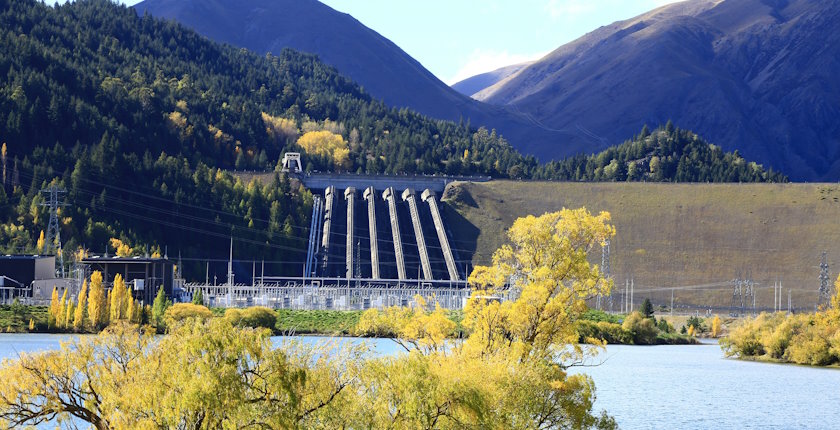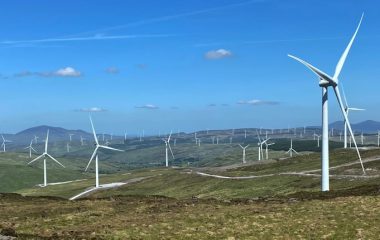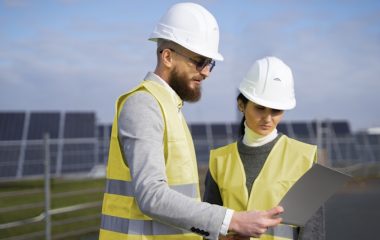
Photo: Nareeta Martin on Unsplash
Norway-based Statkraft started a prefeasibility study for the proposed Moglica pumped storage hydropower plant in Albania. It recently bought one such project in the United Kingdom.
The energy transition implies vast solar and wind power capacity, but with storage systems to save surplus energy and use it when demand increases. Hydropower makes up almost the entire domestic output in Albania, which helps balance electricity production and consumption to a point, but there are no pumped storage hydropower plants. Statkraft saw it as an investment opportunity – it intends to install the country’s first such system, using the reservoir of its Moglica hydropower plant.
The country is exposed to drought and often turns to emergency imports. Nevertheless, the government has the ambition to turn Albania into a net electricity exporter by 2030.
KESH has its own pumped storage hydropower project
In addition, state-owned power utility KESH is planning to install a pumped storage system as well, within the Drin (Drim) cascade. A domestic company is planning to build a battery factory with Indian partners.
When Statkraft presented the idea for a pumped storage hydropower plant within the Devoll river cascade in southern Albania, it estimated the capacity at 800 MW to 1.6 GW. In its latest quarterly and annual results, the Norwegian utility said it started a prefeasibility study for a 1.2 GW system.
Notably, it bought the Red John pumped storage hydropower project in December. The location is next to the famous Loch Ness in Scotland and the generation capacity is envisaged at 450 MW.
Statkraft targets completion of RP Moglica Shtesë by 2030
The Moglica dam in southern Albania can hold 380 million cubic meters of water. The project is called RP Moglica Shtesë, – additional pumped storage hydropower plant Moglica. The difference in height between the upper reservoir and the turbines would be 620 meters.
The upper reservoir, with two rock-filled dams, would be eight kilometers east of the existing Moglica dam. A tunnel, which would connect it with the underground pumped storage hydropower plant, is envisaged to lead to the reservoir of hydroelectric plant Moglica. Its lower point would be four kilometers from the dam.
Statkraft earlier said it would complete the feasibility study this year. If the outcome is positive, the plan was to complete the new facility in 2030.
The company’s other hydropower plant in Albania and under the Devoll Hydropower subsidiary is called Banja. The two have a combined 269 MW in capacity, according to the financial report. Hydropower project Kokel in the same area is under consideration. Additionally, the Banja reservoir hosts a small floating solar power plant.
Second-highest annual result
Statkraft said it delivered its second-highest annual result ever, in terms of earnings before interest and taxes (EBIT), only behind the 2022 record. The measure tumbled 24% to NOK 41.4 billion (EUR 3.6 billion) while net profit slided 8.9% to EUR 2.28 billion. The company cited the fall in power prices and a rise in operating expenses driven by business development activity, namely the growing pipeline of renewable energy projects.
The nominal financial downturn was limited by a surge in power generation of 19% year-on-year in the fourth quarter or an overall 3% in 2023.
The Norwegian utility aims to add 4 GW to capacity each year from 2026 to 2030
Statkraft said it aims to boost its power capacity by 2.5 GW to 3 GW every year by 2025 and then by 4 GW per annum through the end of the decade.
The group produces hydropower, wind power, solar power and gas-fired power and supplies district heating. It has over 6,000 employees in more than 20 countries.
Other countries in the region tracked by Balkan Green Energy News have mostly accelerated the projects for pumped storage hydropower plants over the last couple of years. However, North Macedonia recently returned the Čebren project to the drawing board for the 14th time.









Be the first one to comment on this article.